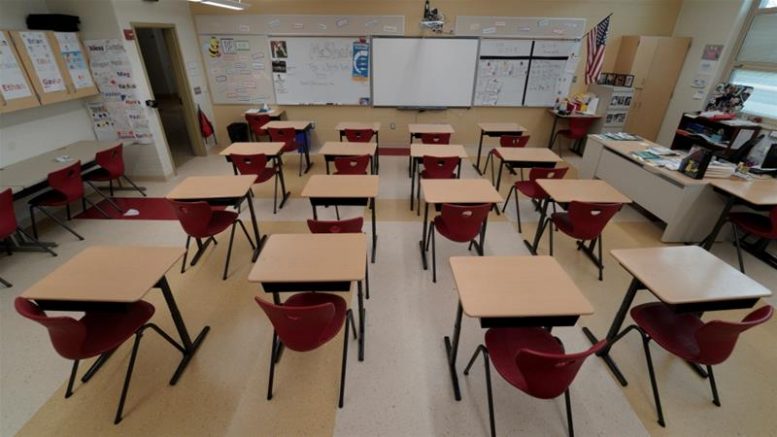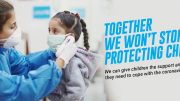Usually, nearly every student counts down the days until their next break from school, anticipating a chance to relax and spend time with their friends and family. But, with the COVID-19 pandemic forcing schools and universities to close their campuses and transition to remote learning, students will feel the effects of this change for years to come, especially if they fall into certain groups.
For working families who rely on schools for meals and daycare for their children, the widespread school closures may affect the health of their children and the financial stability of their families. Over 30 million children in America rely on the National School Lunch Program and over 14.7 million children rely on the School Breakfast Program. Not all schools are continuing with these food programs during this time, and as such, families who may already be struggling because of the rising unemployment rate must support their children without the aid they’ve been promised. In addition, families must look after their children during working hours. For some school communities, they are also expected to supervise remote learning, adding further strain to an already difficult situation.
For students who live on-campus either at a residential academy or at a university, on-campus housing may no longer be available to them, forcing them to find alternative housing. Those who return home run the risk of bringing the virus back to their families who may be immunocompromised or of a vulnerable age. In addition, not all students have the option of staying with their families, which leaves them searching for housing during a crisis where everyone’s wary. Although some universities, such as the University of Illinois at Chicago, still have on-campus housing available, many of them have closed the dining halls, libraries, and opportunities for student work, leaving students with unstable income and often insufficient living conditions alone.
There are over 1 million international students at universities in America, mostly from China and India. Because of the recent closures, these students now have to decide whether to return to their home countries, even if those countries have more cases of coronavirus or have closed their borders or airspace. Students who decide to leave may not be able to return to finish their education. Some universities are forcing all students to leave the campus, including international students, regardless of whether they have alternative housing secured, leading to potential homelessness amid a deadly outbreak.
Although there are multiple issues that have arisen from the closure of schools and universities, the impact of keeping these schools open would be much worse. Not only would COVID-19 spread faster, but the students would be in more danger. So, as we try to minimize the negative impacts of closing schools, we must keep in mind that social distancing, through any means necessary, is the key to surviving this pandemic both as individuals and as a society.






Be the first to comment on "The Impact of Closing Schools for COVID-19"